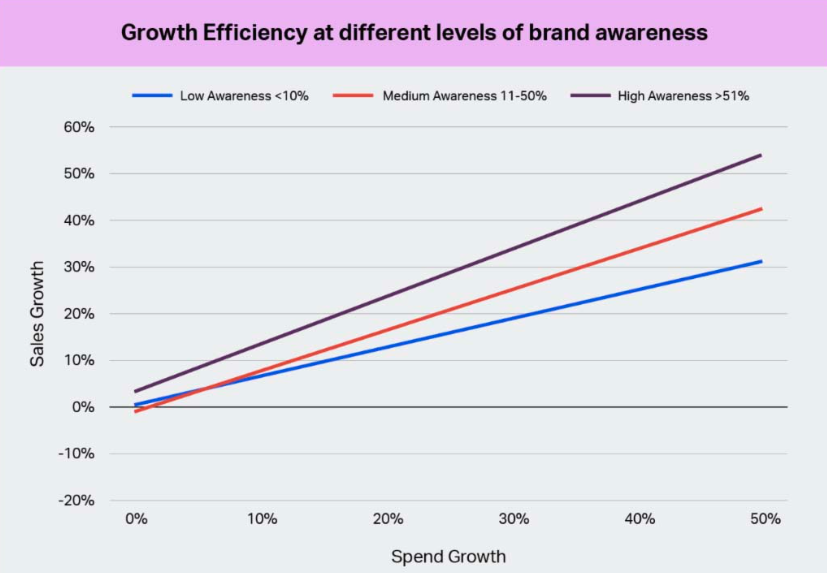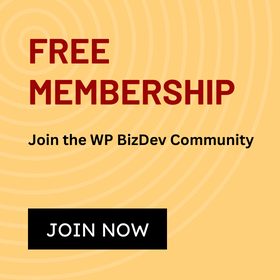Omnisend reached out to me back in October, introducing themselves and stating their goal to provide exceptional service to WordPress and WooCommerce users.
This website was still heavily under construction, so there wasn’t much I could offer. But there were plenty of other WordPress media properties that could, and since then it seems like they have sponsored pretty much every WordPress news site, newsletter, and podcast there is. They also attended WordCamp USA last year and are sponsoring WordCamp Asia 2024.
There’s nothing unusual about a brand exploring a new niche. If anything, it means that the WordPress ecosystem is worth investing in. It’s refreshing that a non-hosting company is giving us so much attention too.
I’ve reached out to them with a couple of questions, which I’ll add this this piece if I get an answer. In the meantime, I’ll try to explain what the exercise is about and what a WordPress business can learn from it. Let’s look at their offering first.
Omnisend for WooCommerce
Omnisend is an Ecommerce email marketing and SMS platform, so normal email marketing capabilities are extended to leverage product and transaction data. But it works well even if you’re not selling anything. There’s a WooCommerce plugin but also apps to plug into Gravity Forms, WS Form, Ninja Forms and a few more.
I’m a little confused about their Omnisend integration for WordPress page. Are they promoting the same WooCommerce integration? Hard to say, but it looks like an SEO play.
There are two plugins in the repo too, one with 7,000+ installations and the other with 20+. I’ll have to ask about these as I can’t quite figure out what the difference is.

Next, let’s look at their blog content covering WordPress topics, which I also consider a measure of how invested they are in the platform. There’s a fair amount there – I counted 88 results when searching for ‘WordPress‘.
All in all, a pretty good effort. I would drop one of the plugins unless the serve different functions.
Increasing TAM, one platform at a time
TAM stands for Total Addressable Market and a critical figure in business planning: you need to have a sense of how many potential customers you can reach, convert and up/cross sell to. So you can determine pricing, project revenue, figure out resources you need, etc… I’ll cover this in a separate blog at some point.
Omnisend’s TAM is in the millions. They target users of Ecommerce platforms such as Shopify, BigCommerce, Shopplazza and WIX. Given their WooCommerce plugin is over five years old, their latest efforts to gain visibility in the WordPress ecosystem is not a part of a GTM launch but a renewed interest in the ecosystem. There is money to be made.
At a more macro level, the growing creator economy is a driver here. More people are using more platforms to sell more products (and Woo‘s recent brand refresh is a recognition of this too). What’s interesting is to compare Omnisend platform-centric strategy to ConvertKit‘s segment-centric one. I think it’s a great idea to target use cases use as ‘Bloggers‘ and ‘Podcasters‘ – Omnisend should do too. Perhaps even identifying sub-segments for each platform, such as ‘Publishers using WooCommerce to sell subscriptions’.
What WordPress businesses can learn from Omnisend
Only a handful of WordPress businesses have the resources to enter a market making a splash as big as they have. I wouldn’t be surprised if they allocated $100K for the exercise for this financial year. So the question is, how can a you do the same on a shoestring?
First, figure out where the opportunity is – the XYZ ecosystem or niche where potential customers are not using your product or service.
I’ve done some work in the Elearning space so will use it as an example. You can count the number of WordPress LMS’ in one hand. Or maybe two. But if you check the Learning Management Systems category of eLearning Industry’s Directory, you’ll count 960+. This tells us two things: the Elearning platform space is massive but saturated. But I bet you can find a niche that is serviced by an old, legacy LMS, where users are pulling their hair out every time they log it. Can you put together a proposition that is so compelling that they will stop and listen when you articulate it to them?
Next, get some eyeballs:
- Publish great content addressing their pains
- Get invited to a podcast to discuss future trends
- Partner with businesses that complement your offering and share the same audience
- Connect with the relevant media and influencers with a decent following
- Try advertising a little. See how far $1,000 goes
If you don’t have a budget then leverage another asset: your time. Just make sure you’re chasing the right audience.
It’s more about brand than direct response
If you don’t know what these are I’ve explained the difference here. In a nutshell, don’t expect your new audience to sign up for whatever you are offering in mass. You’re growing awareness so you get traction sooner.

The team at Omnisend know this well, which is why they are positioning themselves as community-friendly, sponsoring smaller publications, communities and WordCamps (and not pushing their products down our throats). Think about how your perception about them has changed. In my case, I hardly new them. I’ve had to research them for this piece, of course, but I genuinely like what they are doing. I’m looking forward to meeting them at WordCamp Asia this coming week.
A final suggestions: connect with them
They’re keen for you to do so, even there isn’t a fit for a potential partnership. There may be down the line.
Better to build bridges now before they move on to the next platform.



